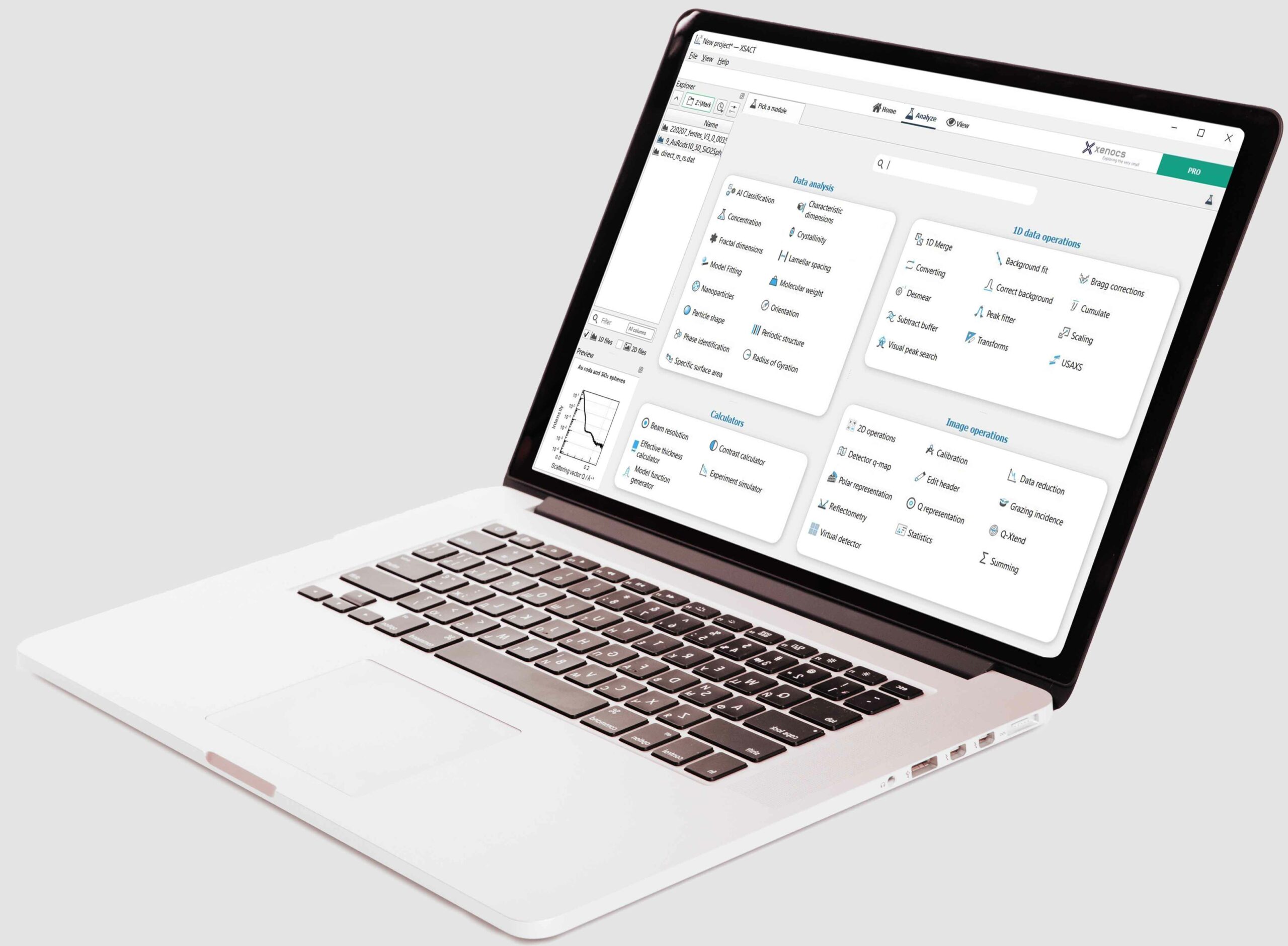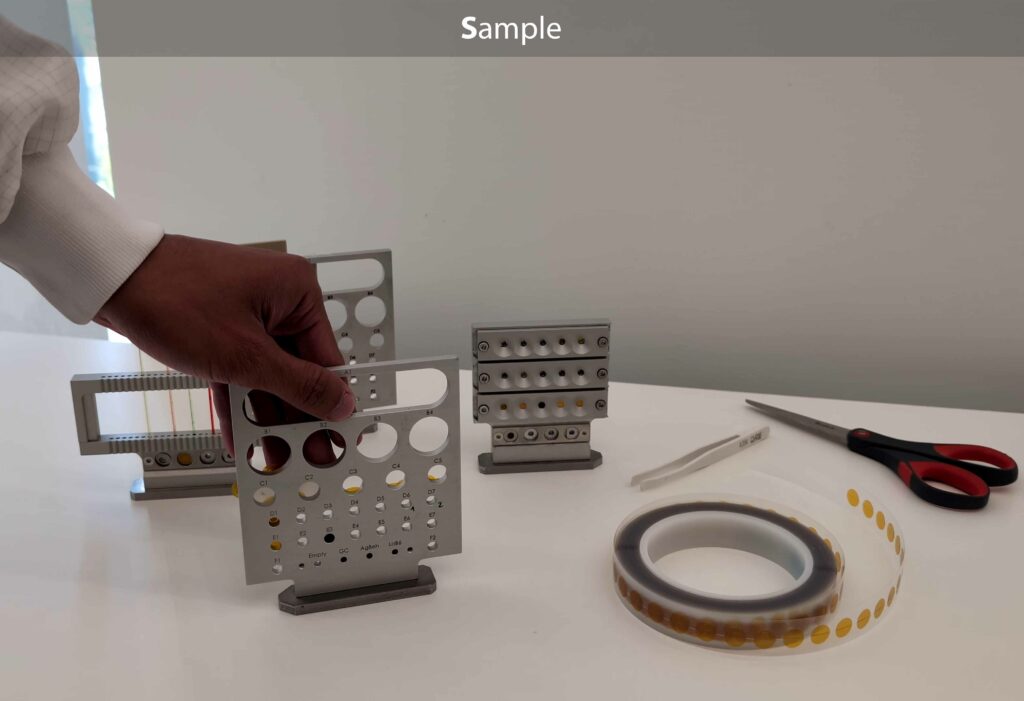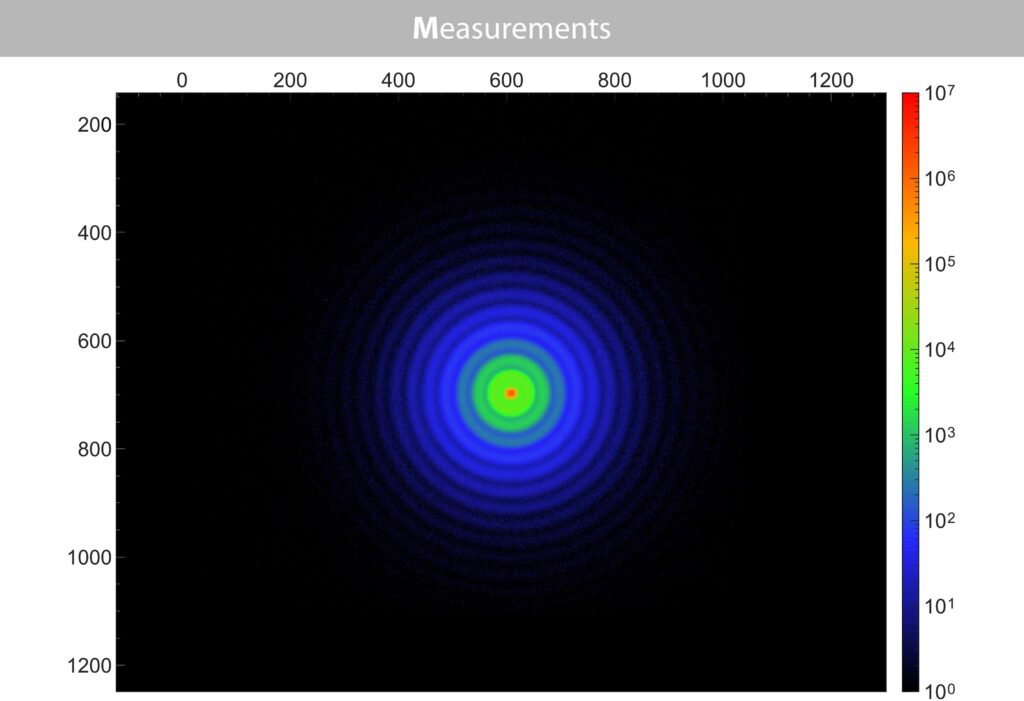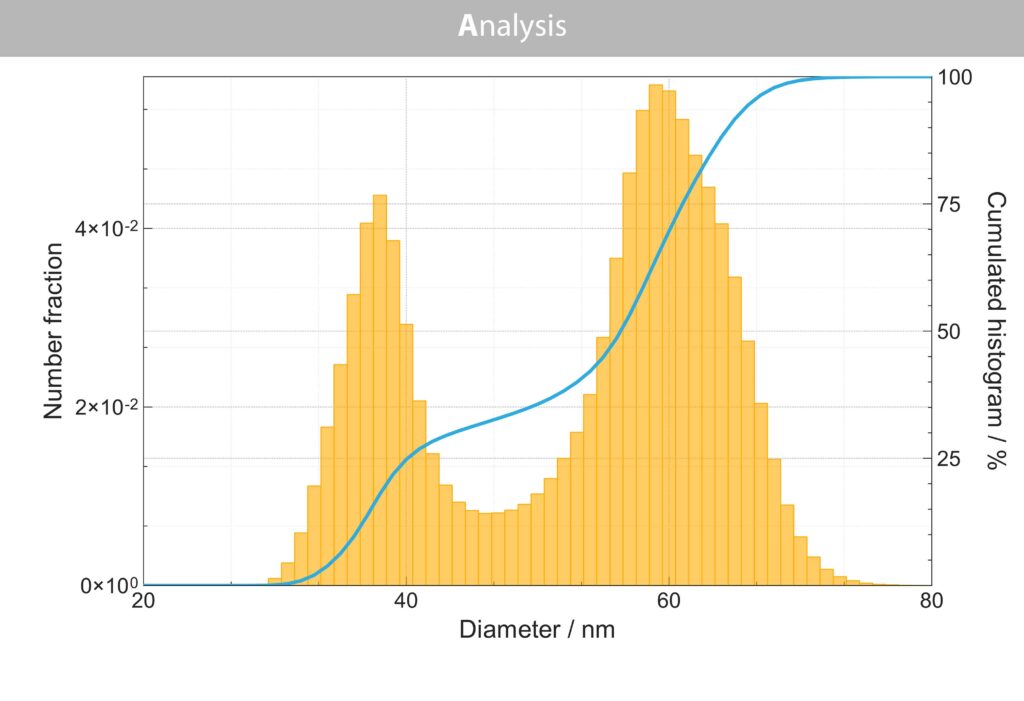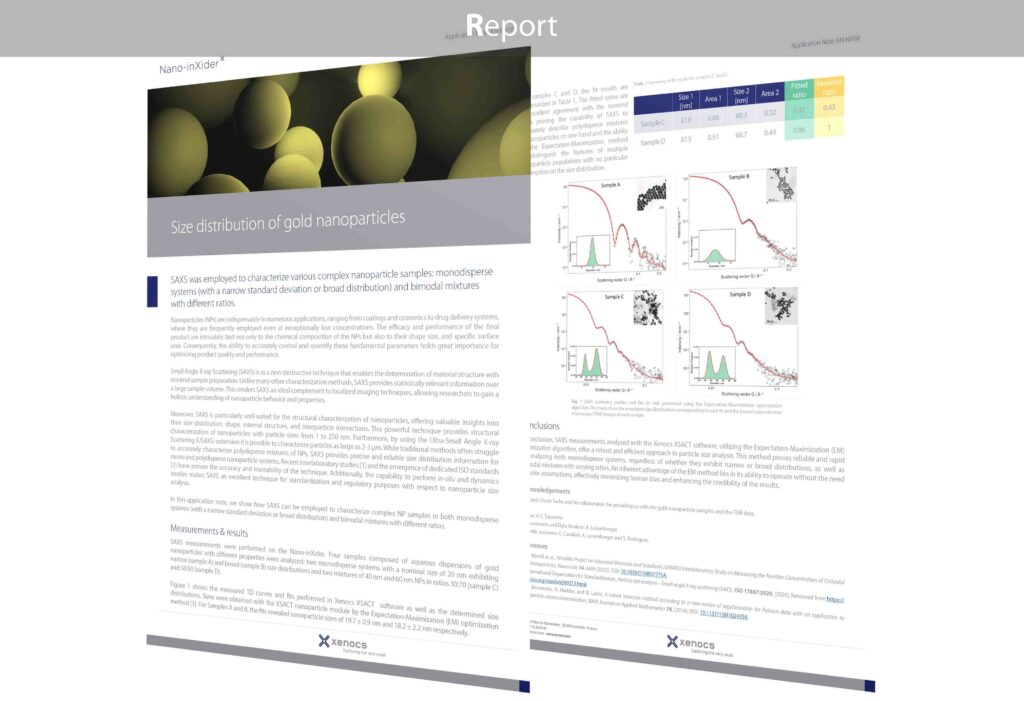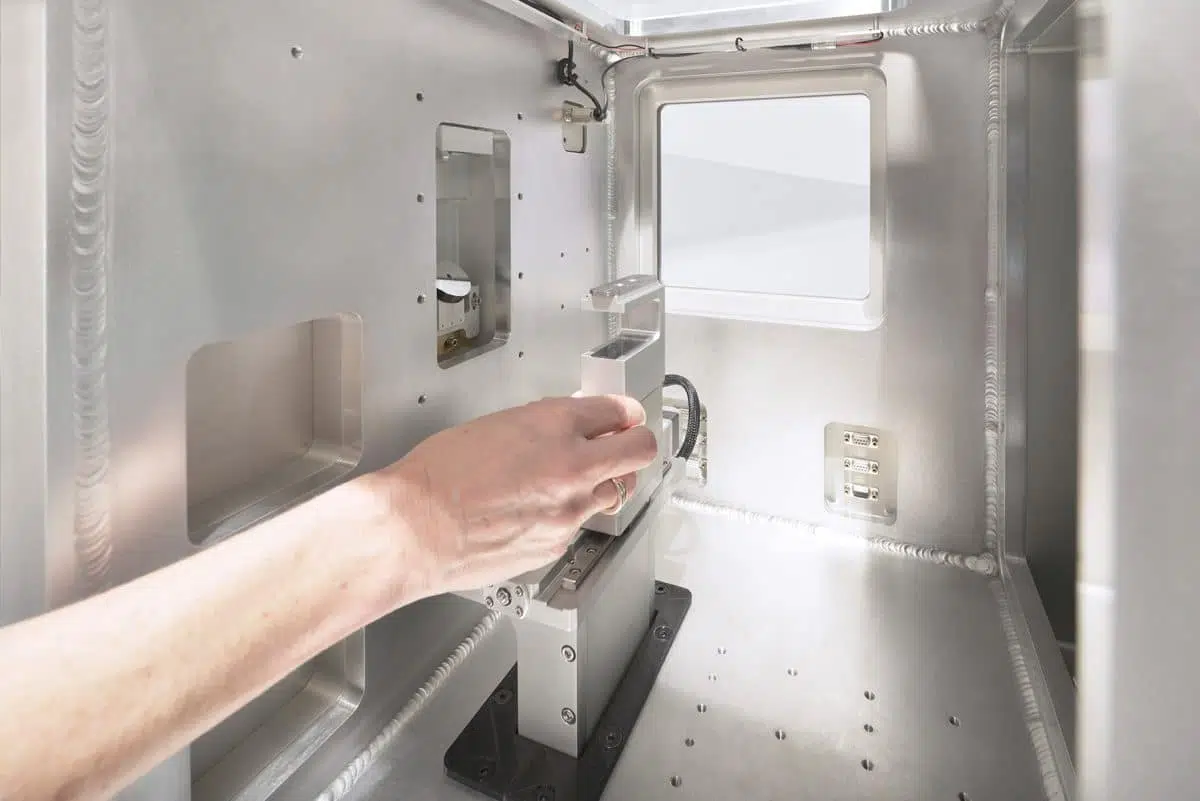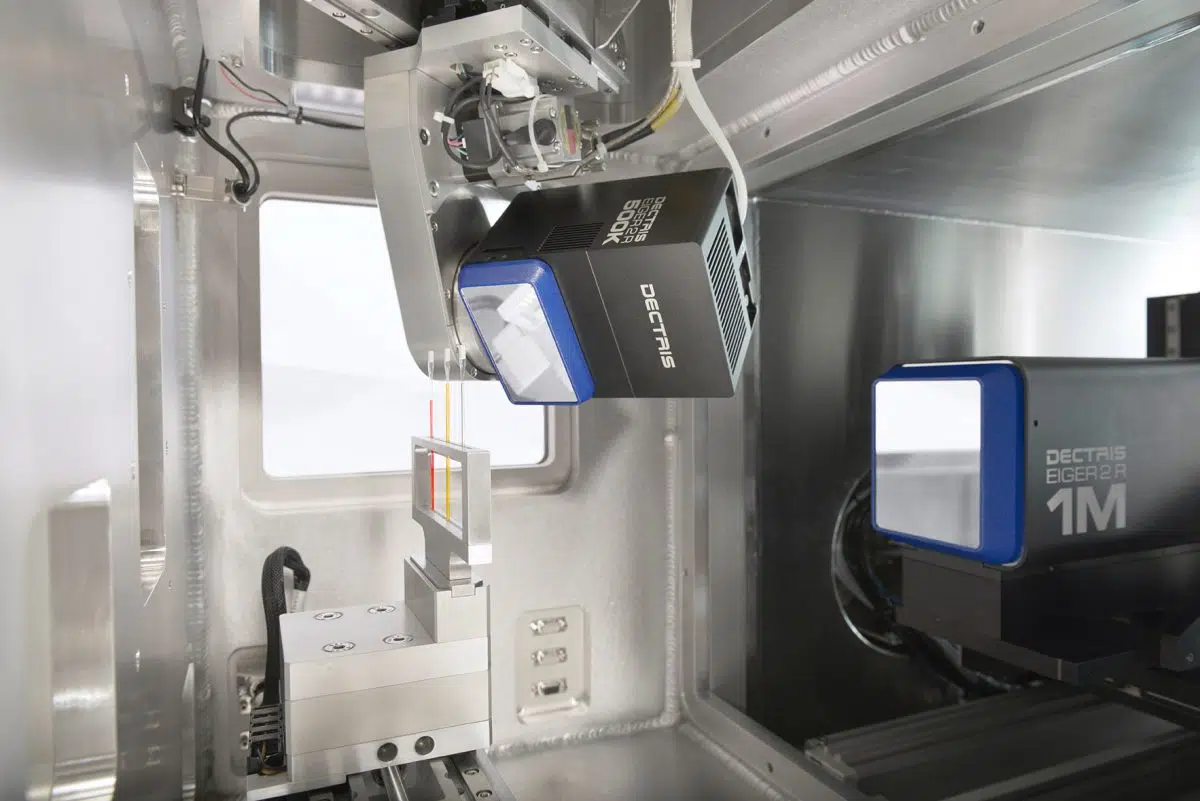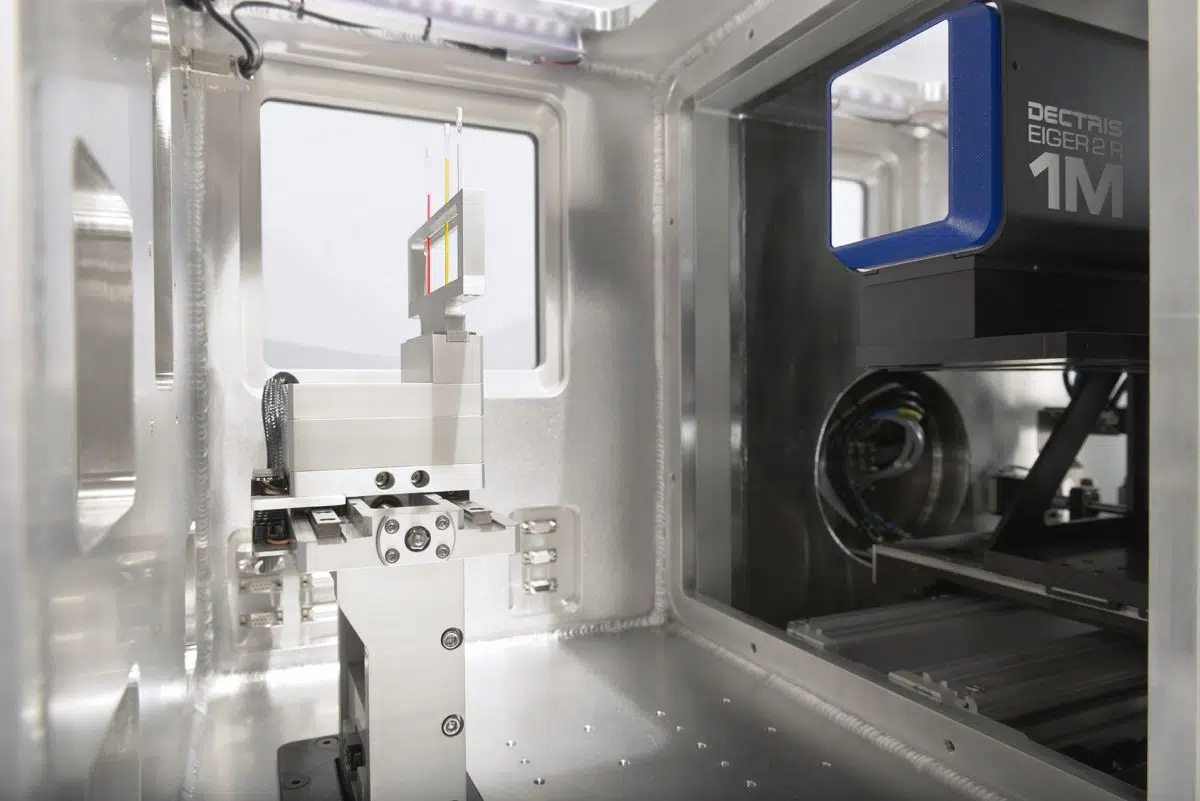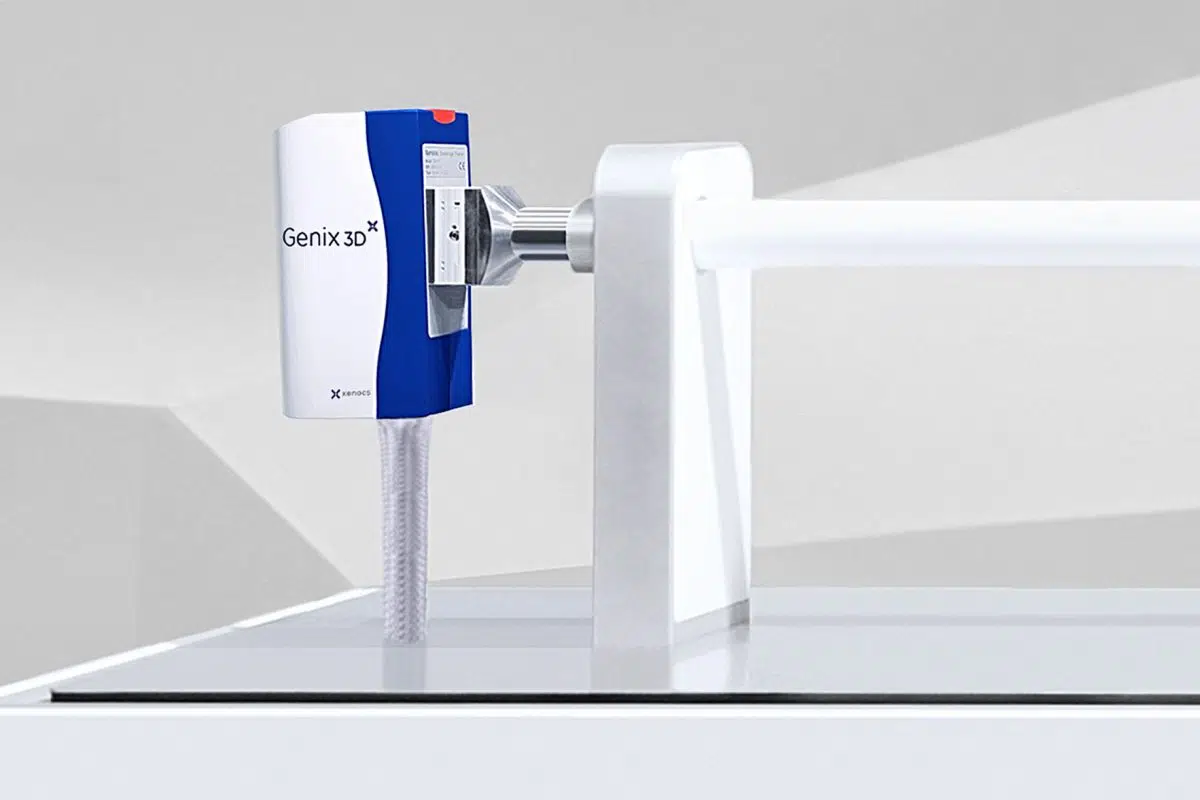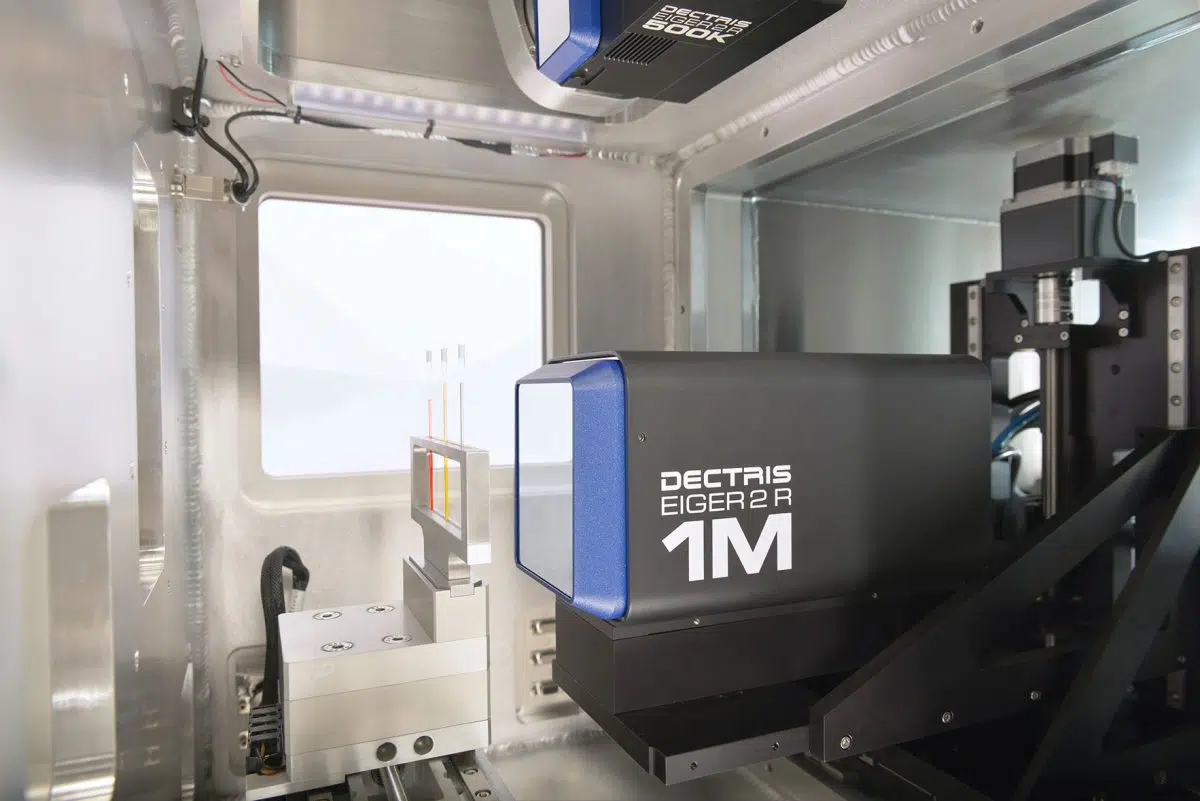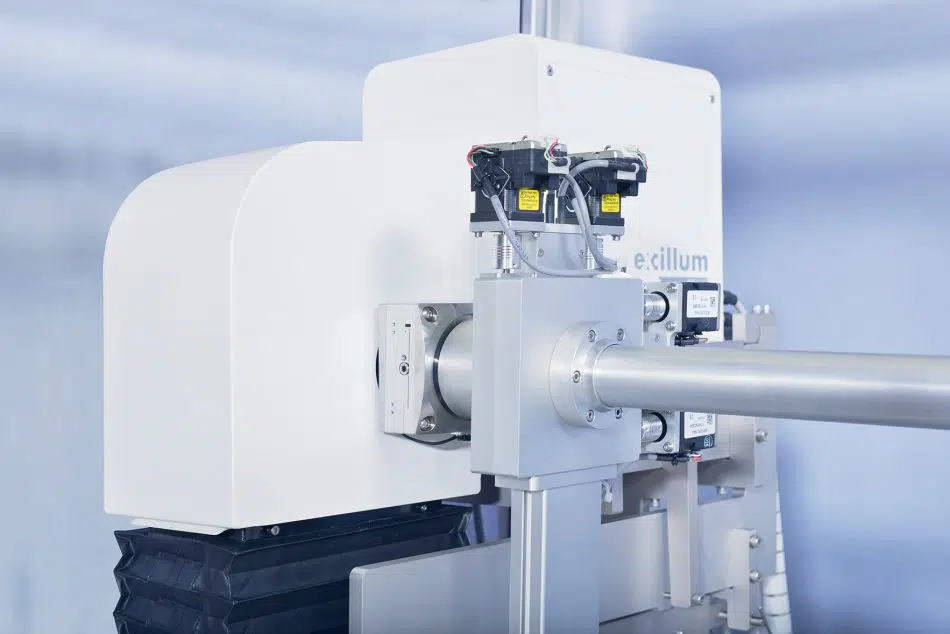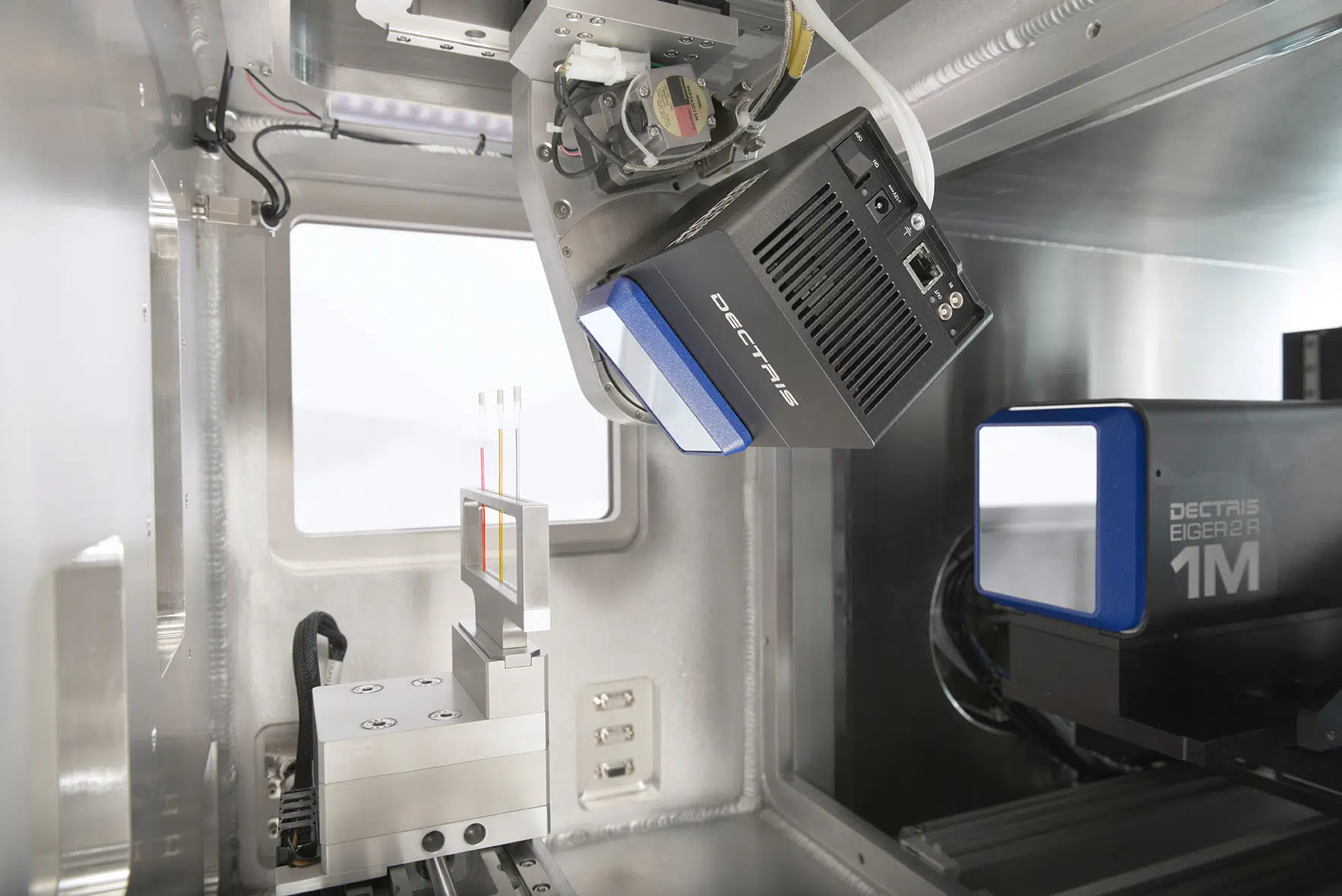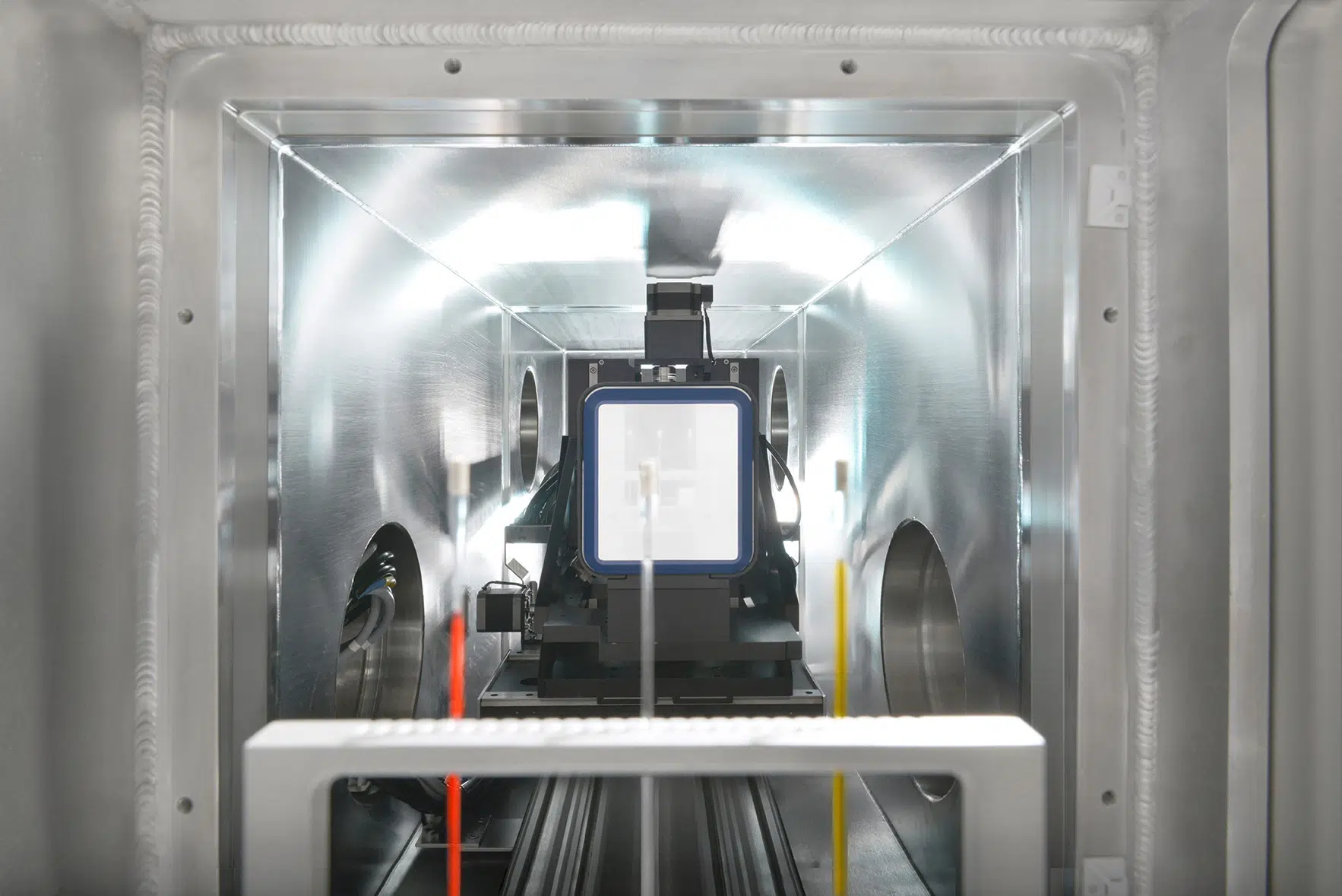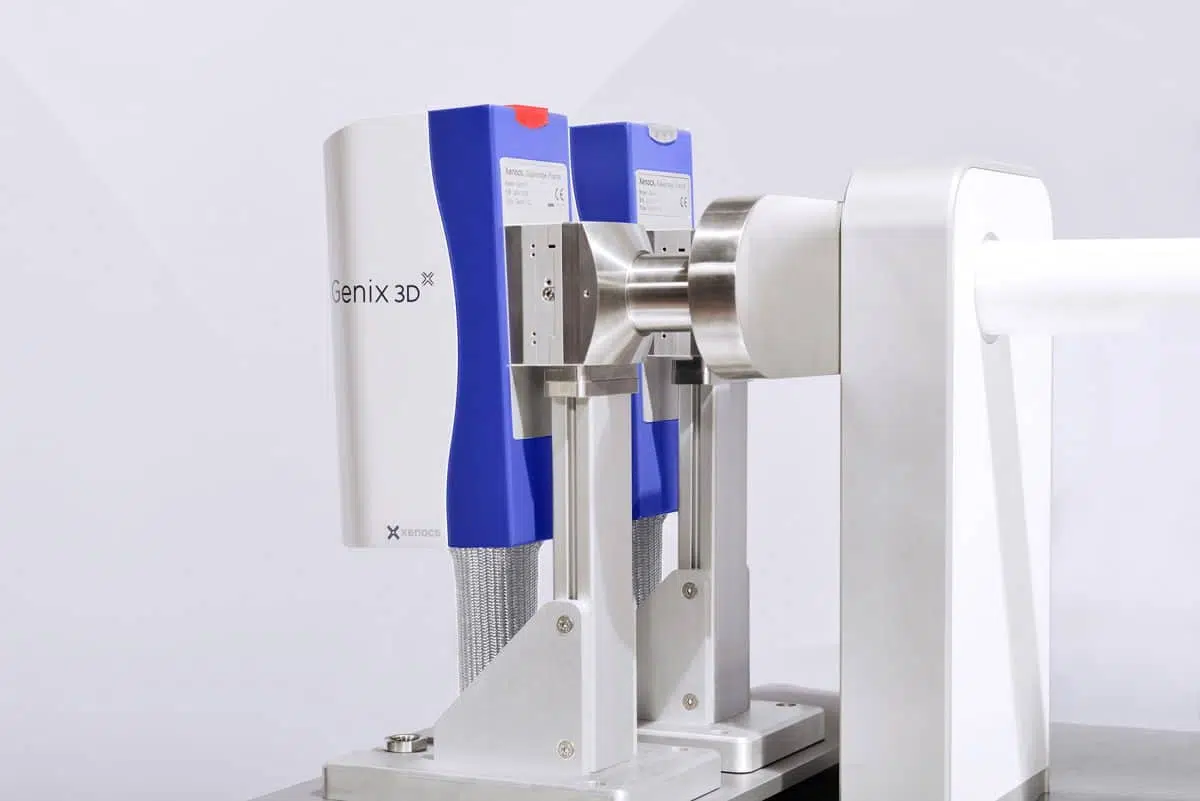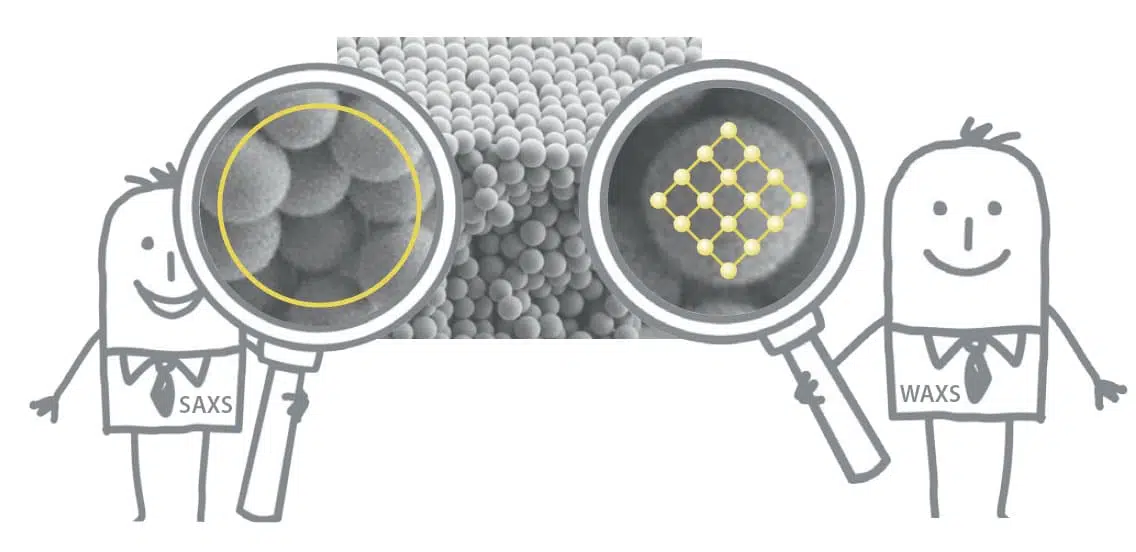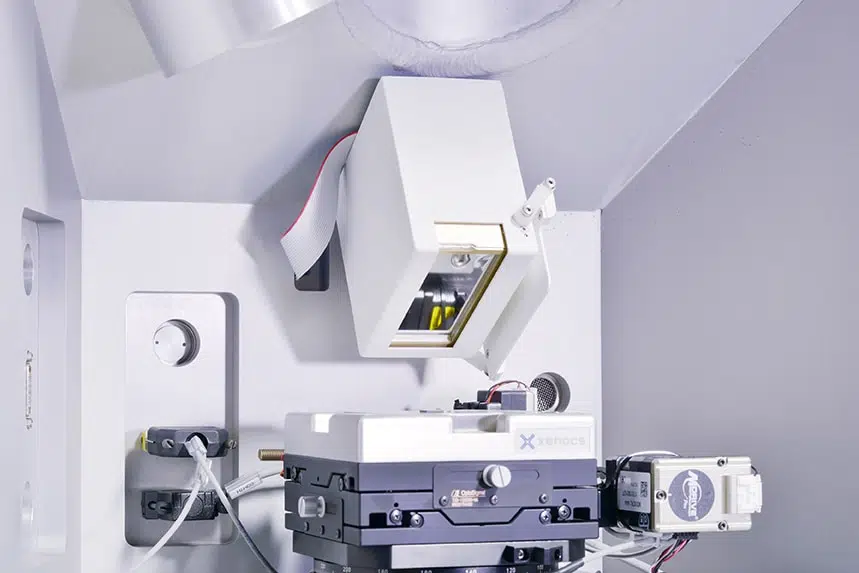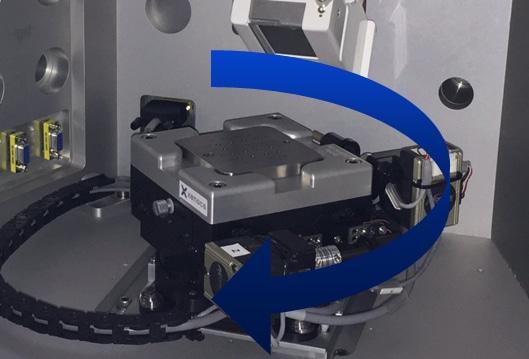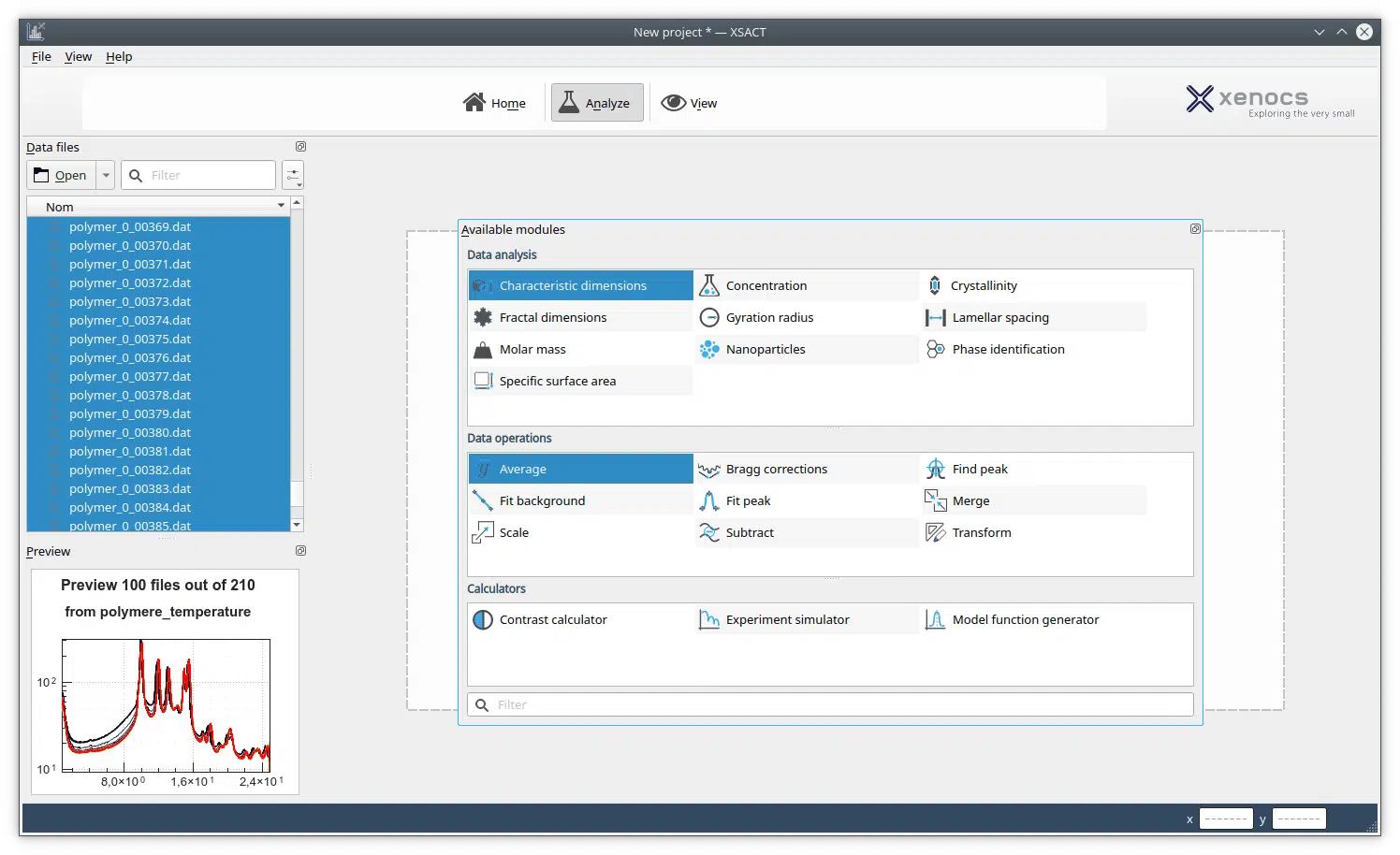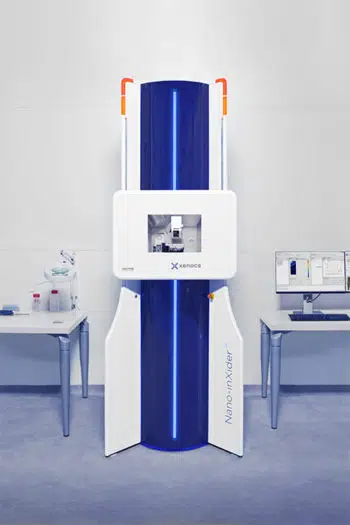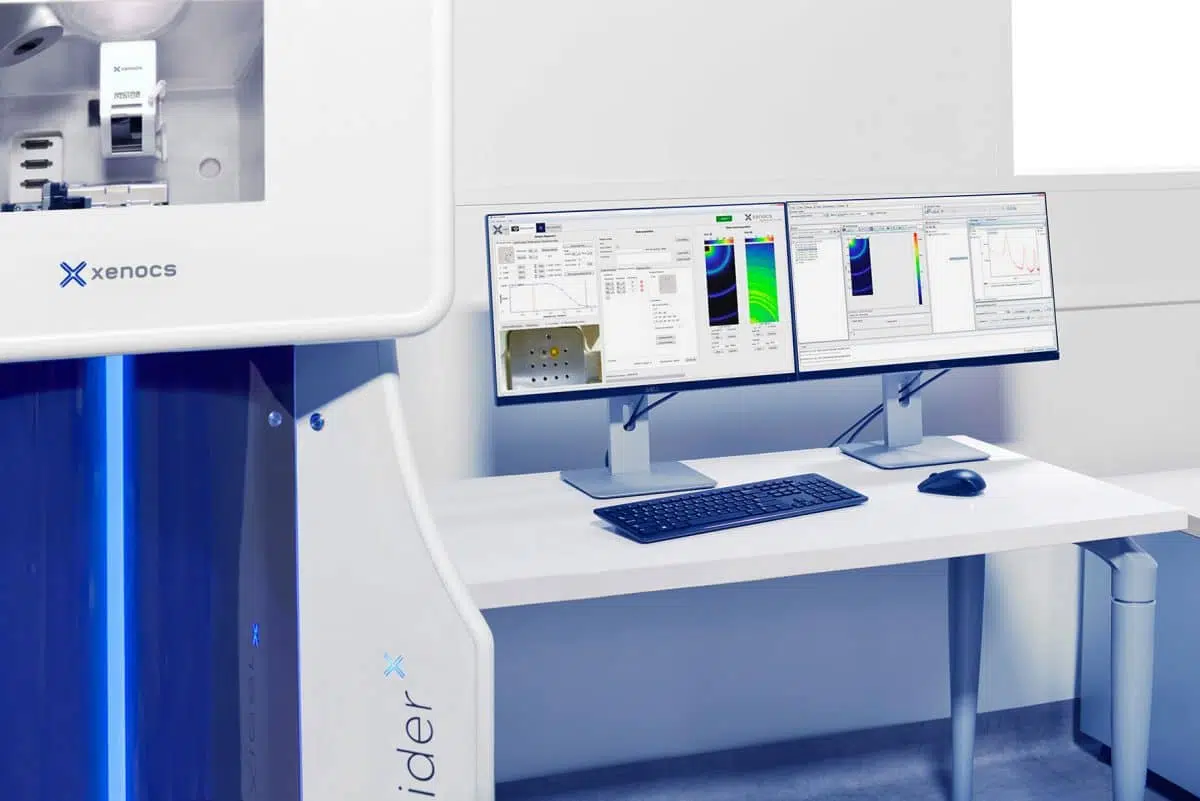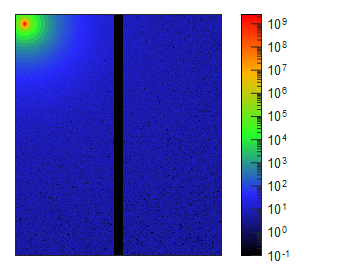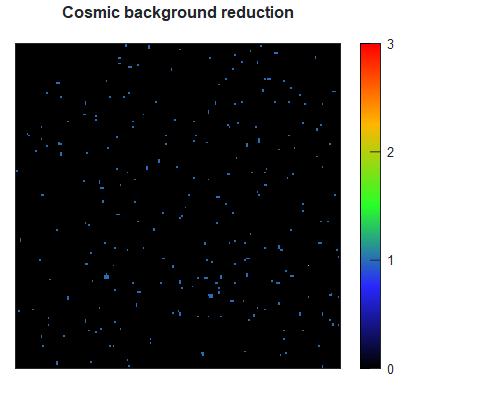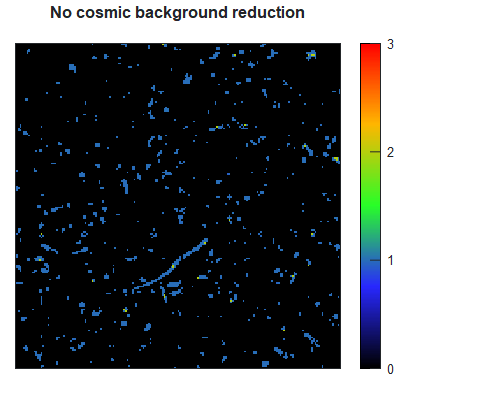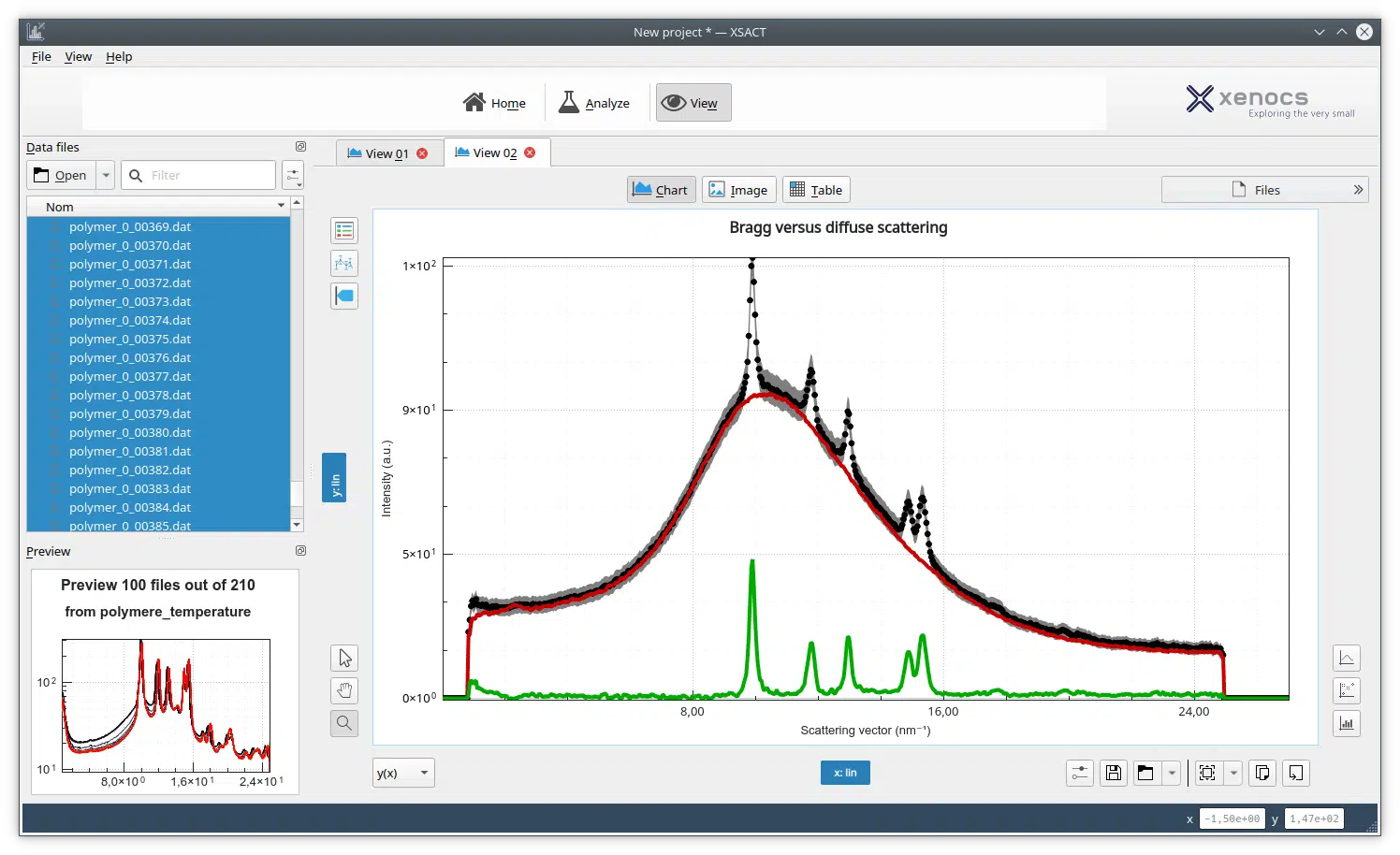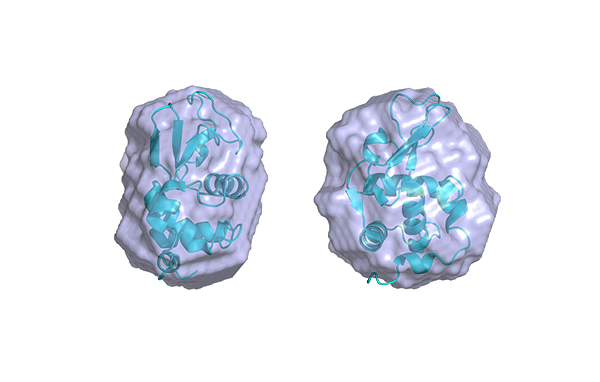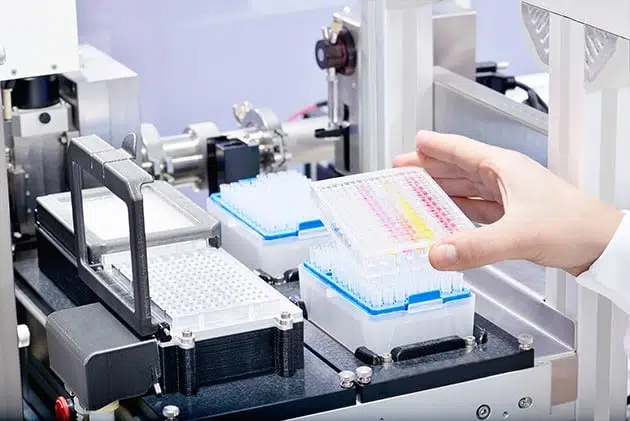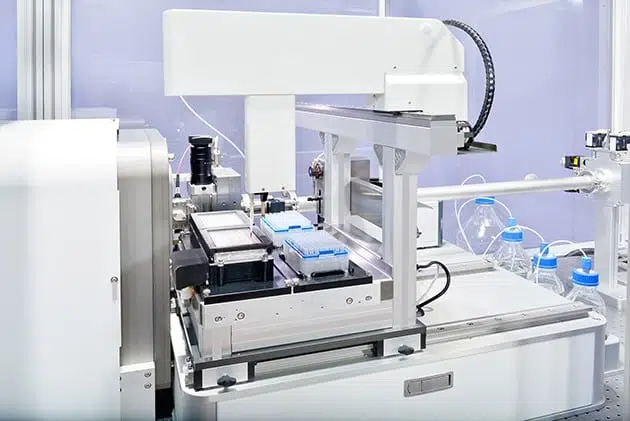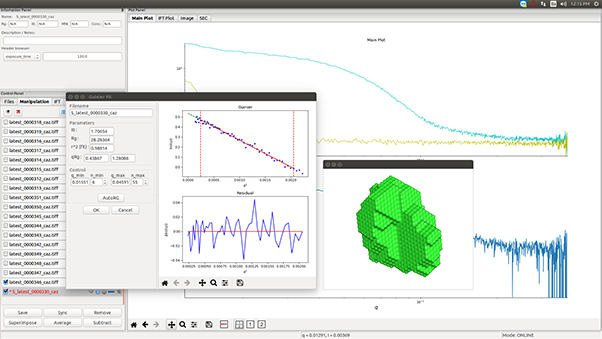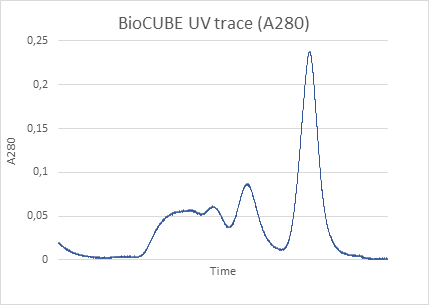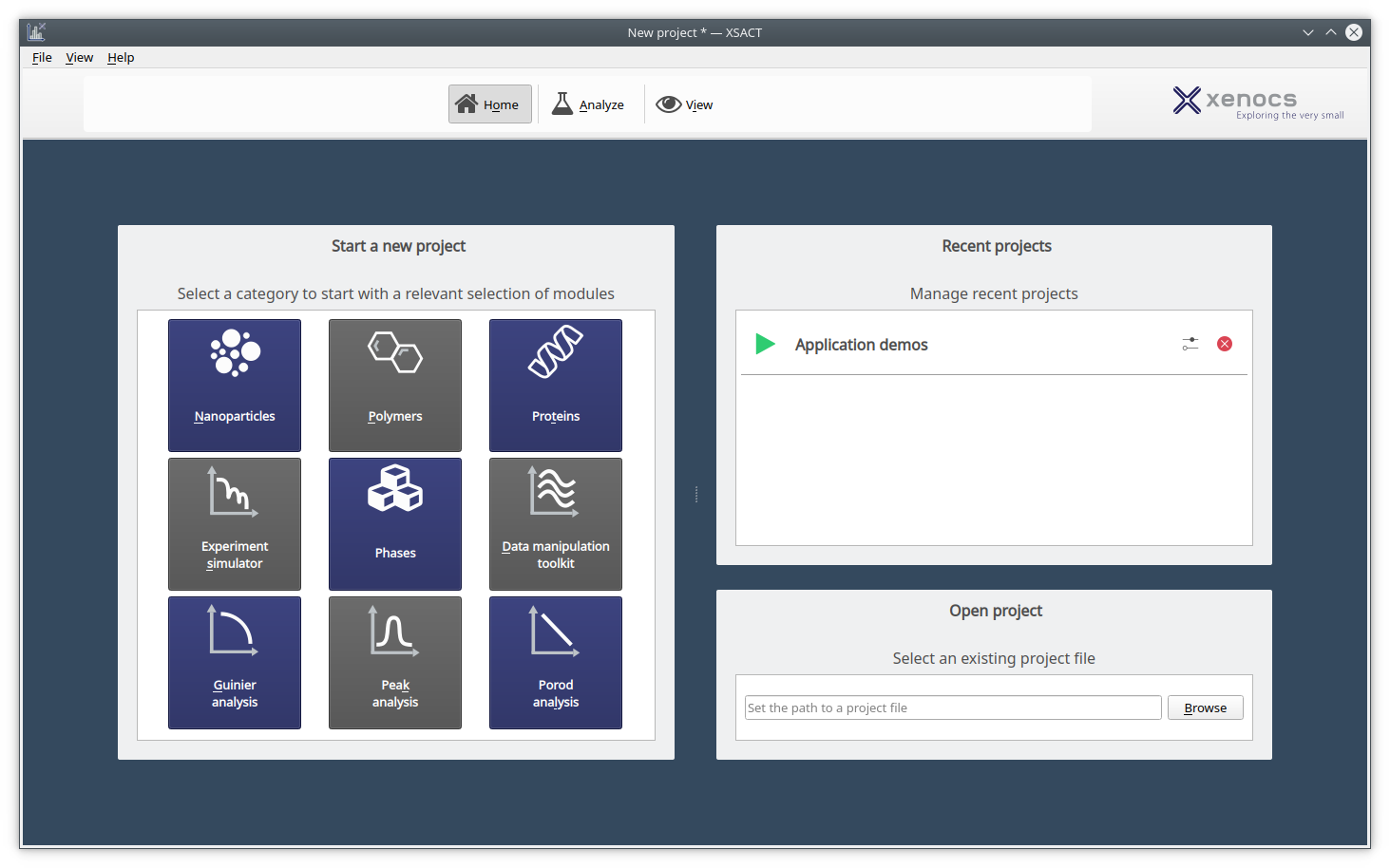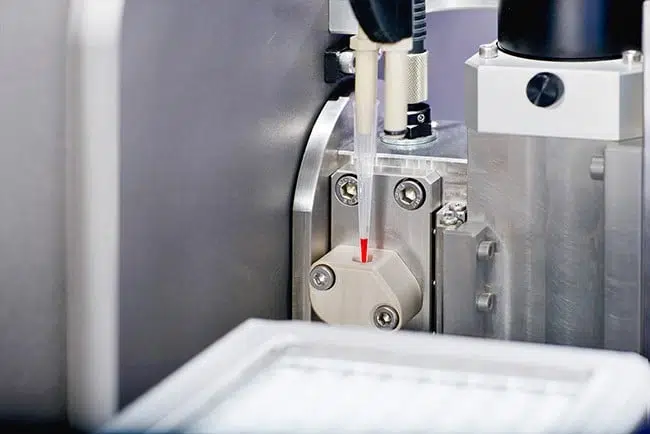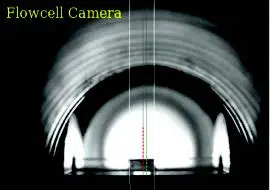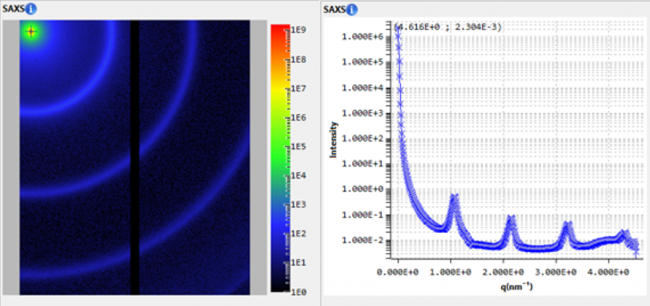XSACT Pro is your all-in-one software solution for SAXS data analysis, combining raw data processing and advanced analysis in a single, integrated platform. Designed for efficiency, it provides an intuitive interface that streamlines complex workflows, making it accessible for researchers at all experience levels. Whether investigating nanostructures, polymers, or biomolecules, XSACT Pro empowers you to unlock meaningful insights from your scattering data.
Xenocs XSACT Pro software
X-ray scattering data processing and analysis
Key benefits & features
Robust and comprehensive array of data analysis algorithms
XSACT Pro offers a comprehensive suite of analysis modules for characterizing size, structure, and related properties of various materials, providing a unified and versatile solution for data processing and analysis. All analysis modules come with full documentation and practice data.
Unique capability for particle sizing
- Xenocs-exclusive solution based on Expectation Maximization algorithm
- Parameter-free method to extract the size distribution of a particle
system - High performance and statistical uncertainties provided
Evaluation of specific surfaces
- Obtain the characteristic surfaces (mass specific surface area, surface to volume ratio) of nano-objects
- Possible applications include nanoparticles in dispersions, dry powders, pores in granular media or interfaces in nanostructured solids
- Two calculation protocols are available: the absolute scale method and the invariant method in accordance with ISO 20804:2022
Determination of crystallinity
- Calculate the degree of crystallinity (crystalline fraction) in semi-crystalline samples
- Deconvolute the amorphous and Bragg scattering contributions using Peak fitter and Visual Peak Search modules
Estimation of the radius of gyration of scatterers
- Estimate the radius of gyration of scattering particles, a key parameter for comparing structural changes under varying conditions (temperature, concentration, solvent etc.)
- Extrapolated intensity at zero angle (I(0)), offering insights into particle concentration and size.
- Detect particle interactions or oligomerization
Evolution of scattering data as a function of measurement parameter
- Study impact of external measurement parameter (temperature, stress…)
- Study impact of acquisition parameter (sample position, …)
- Quick data plotting as a function of specified measurement parameters is enabled via a header search tool
Data simulator
- Adjust the sample or instrument properties to simulate the scattering intensity
- Estimate the smearing effect due to the instrumental resolution
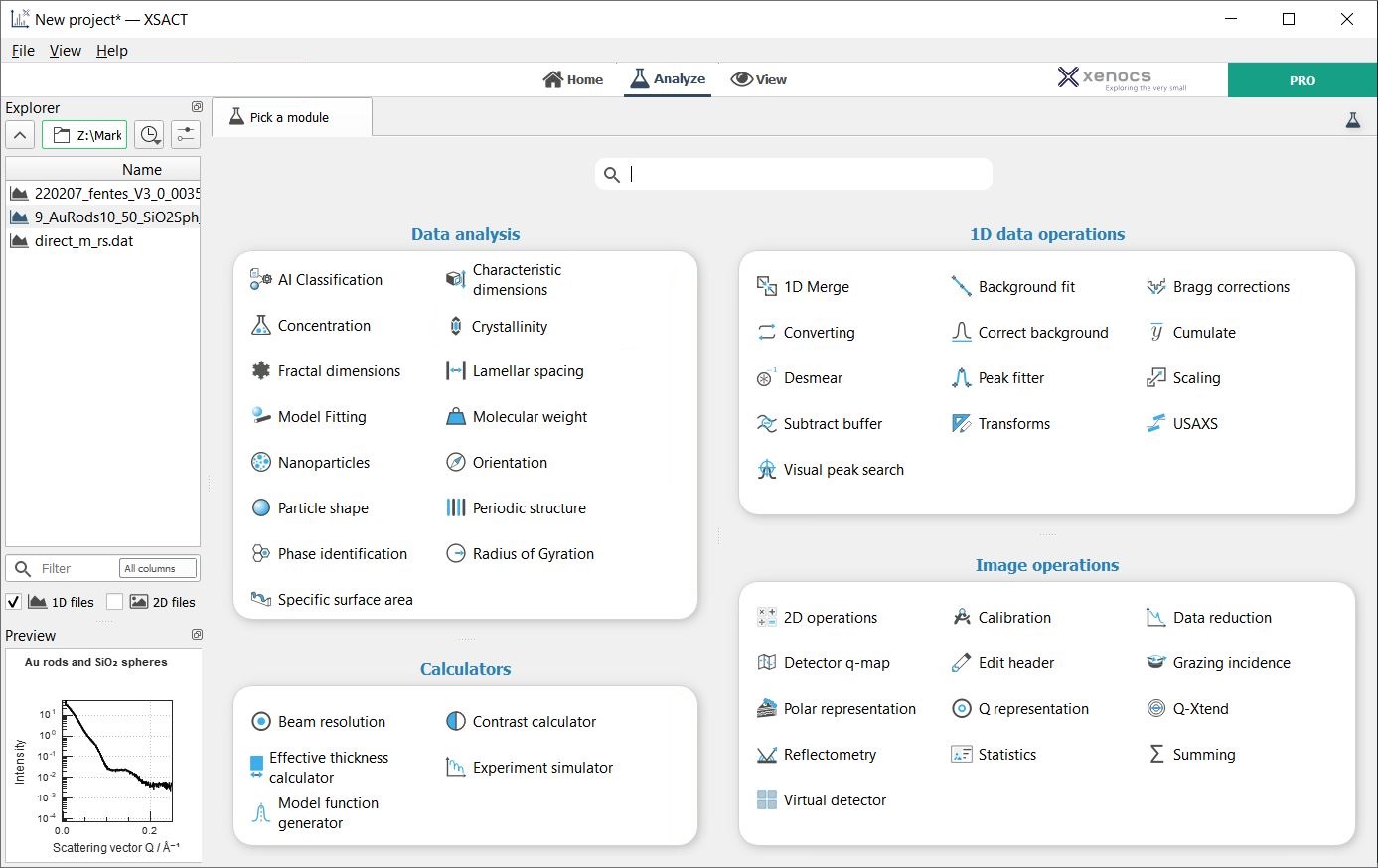
Unique modules for particle shape characterization
Let XSACT Pro guide you effortlessly from raw data to insightful results with minimal user input. Harness the power of AI to identify the most probable particle shapes in your sample, saving time and ensuring accuracy. Dive deeper into the analysis using the model-fitting option, which extracts essential structural parameters to provide a comprehensive view of your sample.
Model fitting
Extract meaningful structural parameters of the sample being studied by comparing the observed data with simulated scattering patterns from both shapedependent (e.g., spheres, cylinders, ellipsoids) and shape-independent models. The modeling can also account for interparticle interactions, polydisperse systems, and mixtures.
AI-powered classification
Employ machine learning algorithms* to classify and identify particle shapes based solely on their scattering profiles, without requiring prior knowledge.
*Patented in the EU, patent-pending in the USA, Japan and China
SMART workflow and streamlined user experience
The SMART workflow and streamlined user experience bring a new level of simplicity and efficiency to SAXS/WAXS data analysis. By guiding you through each step with intuitive tools and automation, SMART workflow allows you to obtain high-quality, publication-ready results with minimal effort, keeping the focus on your research instead of technical setup.
Sample characterization is at the core of the SMART workflow, allowing you to focus on your research questions rather than the technical aspects of the setup.
Measurements are effortless as the SMART workflow optimizes setup, providing real-time feedback to ensure accuracy with minimal user input.
Analysis is made easier with a comprehensive array of data analysis algorithms including advanced AI-powered classification and model fitting, allowing you to extract meaningful data quickly and accurately.
Report generation becomes straightforward with publication-ready figures and readily available meaningful structural parameters of the sample.
Time-saving is a key aspect of the SMART workflow, streamlining every step so you push the boundaries of materials research.
Advanced data processing
Xenocs instruments simplify your workflow with automatic 2D data reduction into 1D scattering curves in absolute intensity units, ensuring quick and reliable analysis. For applications requiring detailed study of 2D scattering data—such as anisotropic samples or thin films analyzed via grazing incidence techniques—XSACT Pro represents 2D data in reciprocal space without information loss, offering advanced tools for orientation analysis and visualization.
Key Features:
- 2D-to-1D Data Reduction: Automatically convert 2D images into 1D scattering curves in absolute intensity units.
- Reciprocal Space Visualization: Represent 2D data (transmission, GISAXS, GIWAXS) in Q-space for detailed interpretation.
- Automatic Image Stitching: Seamlessly combine scattering images from multiple acquisitions for a comprehensive view.

Grazing incidence SAXS data represented in 2D and 1D.
Publication-ready figures
Scientific insights depend on the ability to visualize and compare data effectively. XSACT Pro integrates powerful data processing with advanced visualization tools, allowing you to transition seamlessly from acquisition through processing and analysis to publication—all within a single, comprehensive software.
Key Features:
- Customizable Visualizations: Tailor your data representation to fit your specific needs.
- Easy Export Options: Save your figures in multiple formats.
- Professional Quality: Generate high-quality images for presentations and publications.
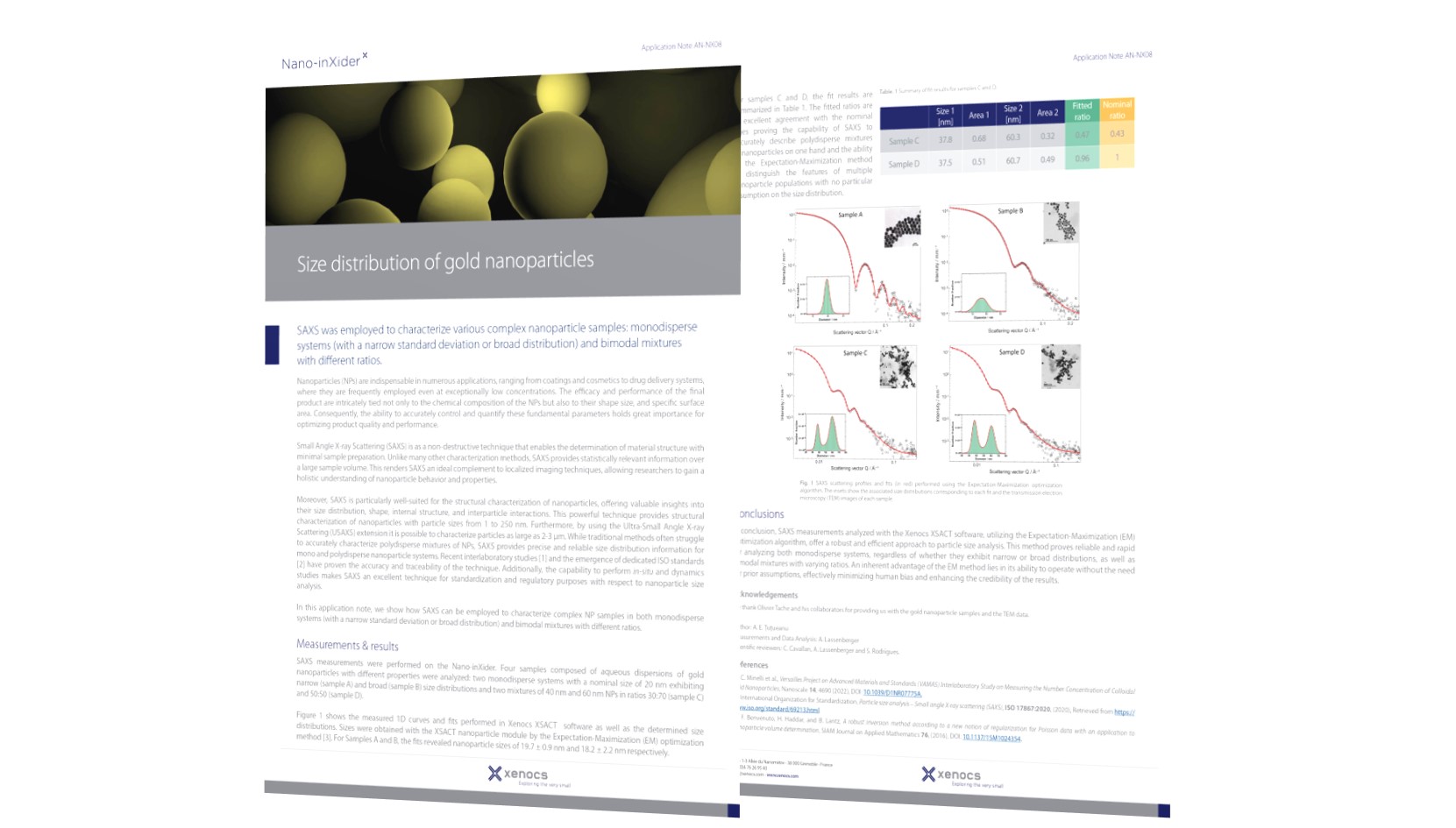
Experience XSACT Pro in action with a free 30-Day Trial
Curious to see how XSACT Pro can streamline your SAXS/WAXS data processing and analysis? Take advantage of our 30-day free trial and explore the intuitive workflow, advanced algorithms, and publication-ready visualizations that can transform your research.
Request your free trial today and discover how XSACT Pro can accelerate your research and deliver deeper insights about your samples!
